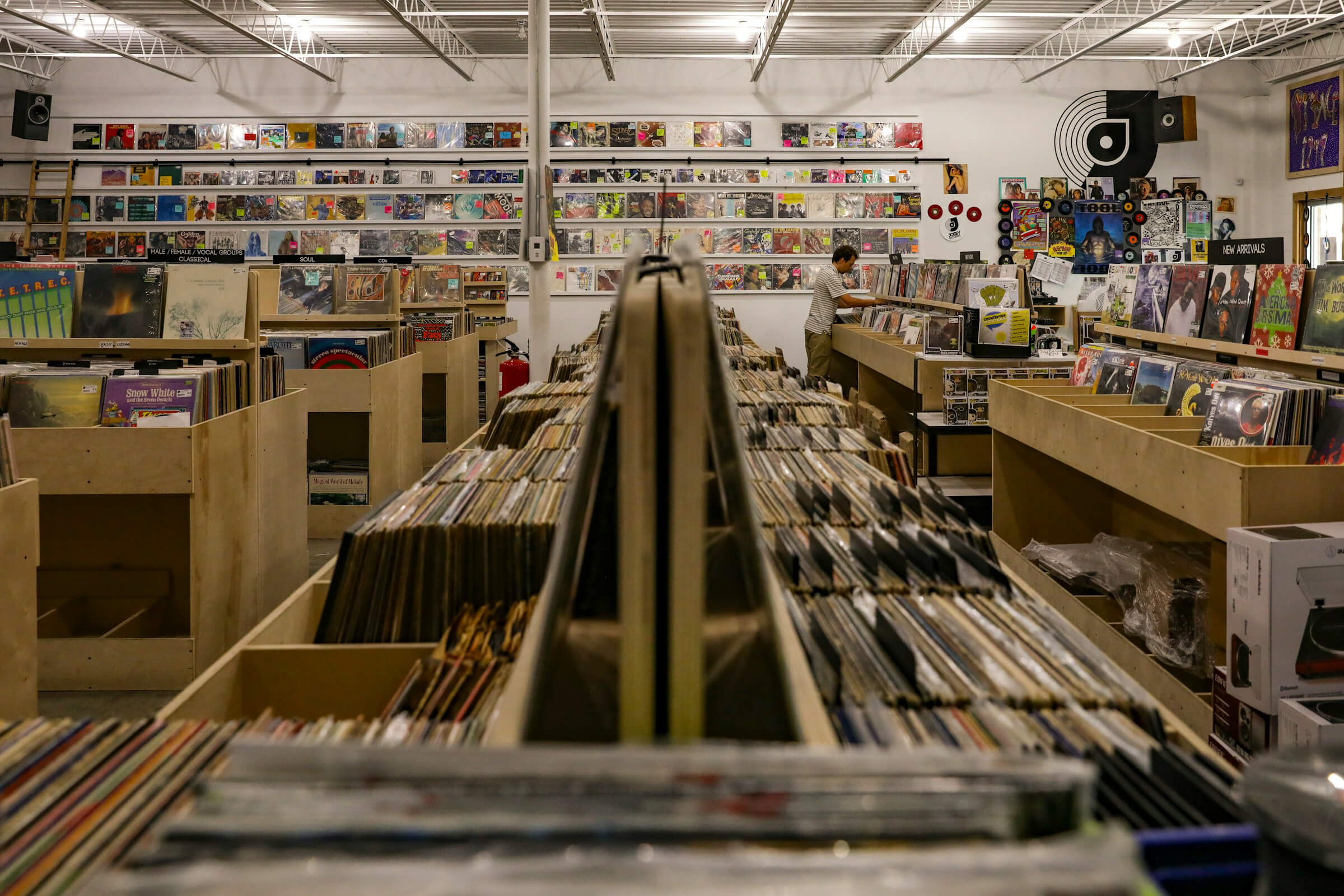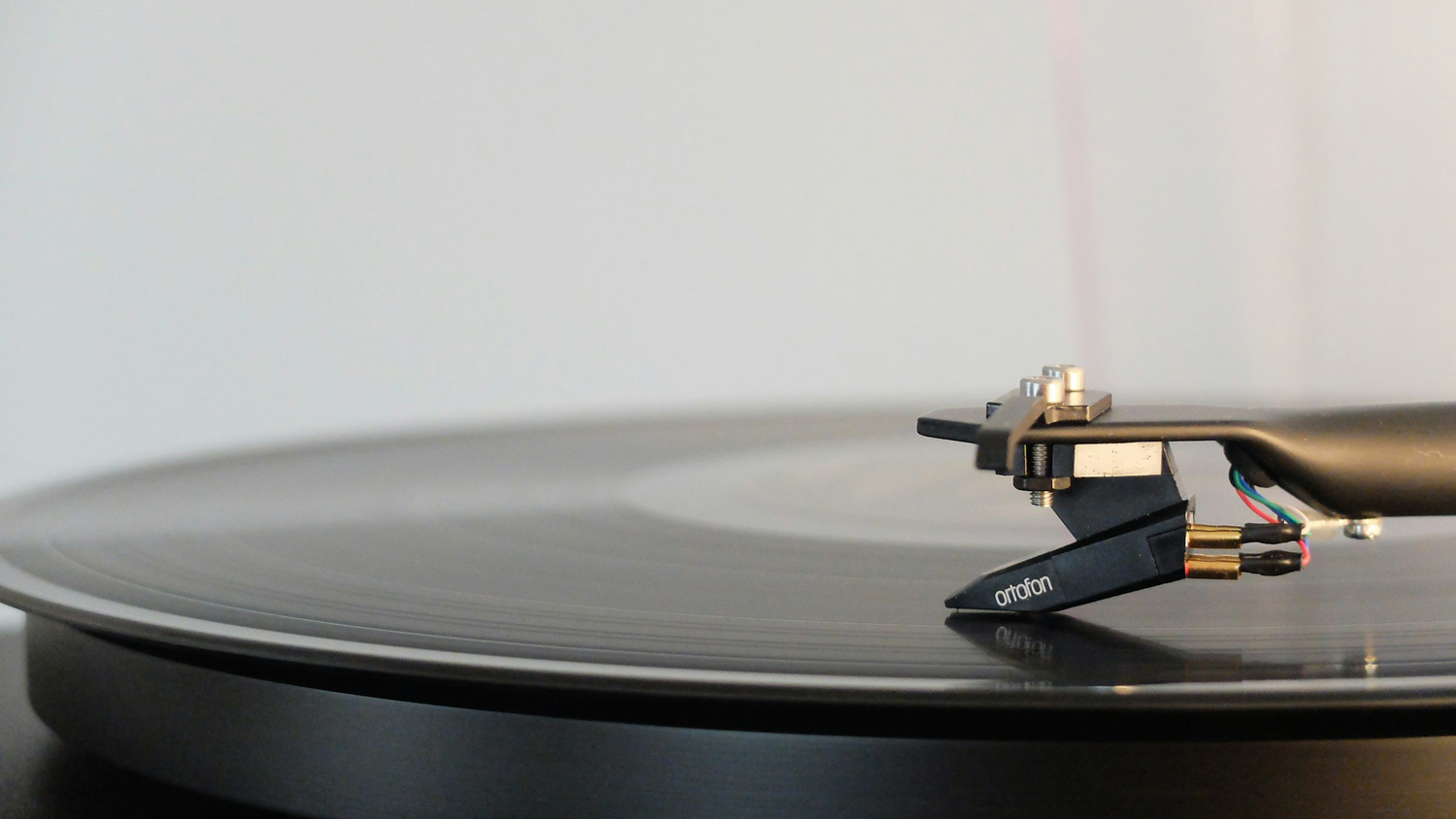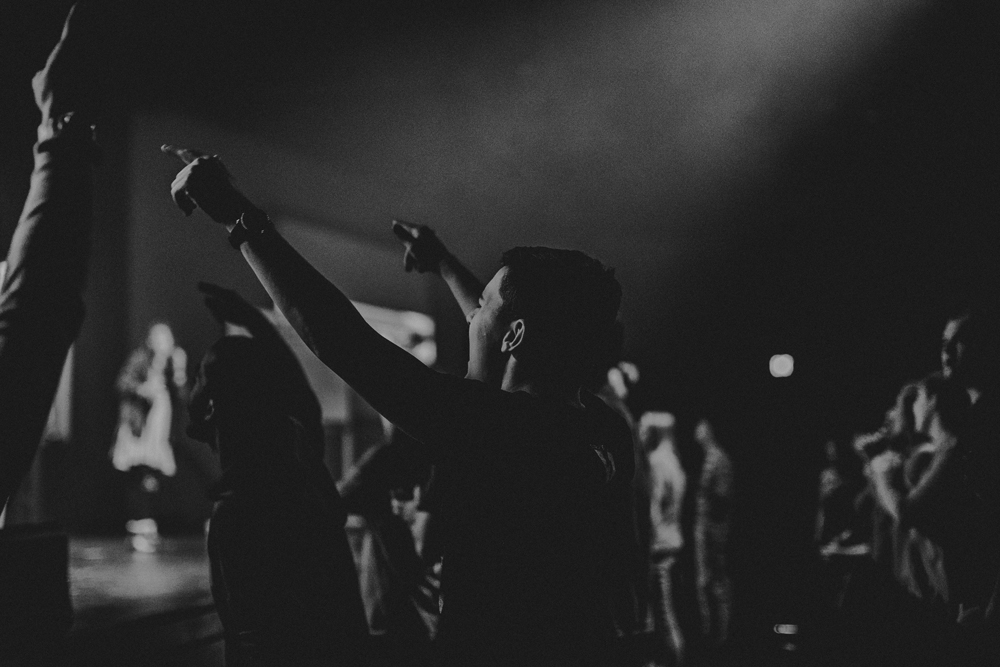
The Evolution of Soundclashes: 45 Records vs. Dubplates?
Soundclashes are a cornerstone of dancehall and reggae culture, a thrilling musical battleground where sound systems vie for dominance. Traditionally, these clashes have hinged on the use of exclusive dubplates—customized tracks that feature personalized shoutouts or unique lyrics crafted specifically for the sound system that commissioned them. However, a trend that has always existed to some extent is now becoming more prominent: incorporating 45 records (regular commercial releases) either exclusively or in combination with dubplates. This shift has sparked considerable debate within the community. Is this evolution beneficial for the culture, or does it dilute the essence of sound-clashing?
The Traditional Dubplate Clash
In the world of traditional soundclashes, dubplates are the gold standard. These custom records are unique, often featuring altered lyrics that directly call out rival sound systems or pay homage to the commissioning sound system. The exclusivity and personal touch of a dubplate are what give a sound system its edge. The anticipation of hearing a new dubplate for the first time can electrify a crowd, and a sound system’s ability to produce fresh and hard-hitting dubplates is often a testament to its clout and connections within the music industry.
Dubplates are expensive and time-consuming to produce. A sound system must have strong relationships with artists and producers and the financial resources to invest in these exclusive tracks. This exclusivity has, over time, created a hierarchy within the soundclash community where only the most established and financially well-off systems can consistently compete at the highest levels. This has led to a certain elitism, where smaller or less financially capable systems struggle to make their mark. The high stakes of securing and showcasing dubplates have become a defining characteristic of traditional soundclashes.
“This approach maintains the traditional element of exclusivity through dubplates while also embracing the accessibility of 45 records.”
The Rise of the 45 Record Clash
Historically, sound systems juggling at the same party might have had friendly sparring matches with 45 records and a few dubplates. This informal competition laid the groundwork for what we now see in major clashes. Recently, there has been a rise in major clashes that allow the use of 45 records. This approach lowers the barrier to entry, allowing newer and less wealthy sound systems to participate and showcase their skills. The 45 commercially available records level the playing field and shift the focus back to the selectors’ and deejays’ talent in curating and presenting their sets.
Including 45 records in major clashes serves another important purpose: it makes the event more accessible to both new and established fans. Event-goers who are new to the soundclash scene and longtime fans can enjoy familiar tracks, enhancing their overall experience. Additionally, there are now 45 record clashes designed explicitly for newer DJs and sound systems. These events provide a platform for emerging talent to compete without the prohibitive costs of producing dubplates. This inclusion can inspire new generations of sound system operators and selectors, ensuring the culture’s longevity and continued evolution.
Cultural Impact: Enriching or Diluting?
The debate on whether this trend enriches or dilutes the culture is multifaceted. Advocates argue that including 45 records democratizes the soundclash scene, fostering creativity and competition among a more diverse range of participants. It can rejuvenate the culture by attracting fresh talent and perspectives, thus keeping the tradition dynamic and evolving. The accessibility of 45 records allows more sound systems to participate, leading to a more vibrant and competitive environment where skill and selection prowess take center stage.
On the other hand, purists contend that relying on 45 records undermines the unique appeal of soundclashes. The thrill of hearing a custom dubplate, with its bespoke lyrics and rare cuts, is an experience that 45 records cannot replicate. There is a fear that over-reliance on commercially available tracks might lead to a homogenization of sound, stripping clashes of their distinctiveness and reducing them to mere DJ battles. The personalized nature of dubplates and their exclusivity are vital components of what makes a soundclash unique and memorable.

Finding a Balance
To strike a balance, some soundclashes have adopted hybrid formats, where a combination of 45 records and dubplates is allowed. This approach maintains the traditional element of exclusivity through dubplates while also embracing the accessibility of 45 records. These hybrid clashes can serve as a bridge, bringing together the old guard and new entrants and fostering a richer and more inclusive soundclash culture. The combination of both formats ensures that the unique aspects of sound clashing are preserved while also making room for innovation and broader participation.
The evolution of soundclashes to include 45 records is not inherently good or bad. Instead, it reflects the natural progression of a vibrant and dynamic cultural practice. As long as the core values of creativity, competition, and community remain intact, the soundclash scene will continue to thrive, whether through the exclusive drops of a dubplate or the familiar rhythms of a 45 record. This adaptability showcases the resilience of the soundclash culture and its ability to evolve while staying true to its roots.
In conclusion, integrating 45 records into soundclashes is a testament to the adaptability and resilience of the culture. While it may not carry the same prestige as a pure dubplate clash, it opens doors for new talents and audiences, ensuring that the spirit of the soundclash lives on for generations to come. The key is to embrace this evolution while respecting and preserving the rich traditions that have made soundclashes a beloved and integral part of the dancehall and reggae scene. This balance will help maintain the integrity of the culture while allowing it to grow and flourish in new and exciting ways.
Subscribe to newsletter
You may also like
The Controversy of Soundclash Endings: Can We Return to the Good Old Days?
While modern audiences crave clarity, returning to a more organic approach could elevate the culture
The State of Sound Clash Culture: Challenges and Opportunities
Sound clash culture, a cornerstone of reggae and dancehall music, has been a defining force in shapi
Fan Perspectives: What Makes a Great Sound Clash?
Fans are the lifeblood of sound clashes. Their passion and energy drive the event, making it a uniqu



